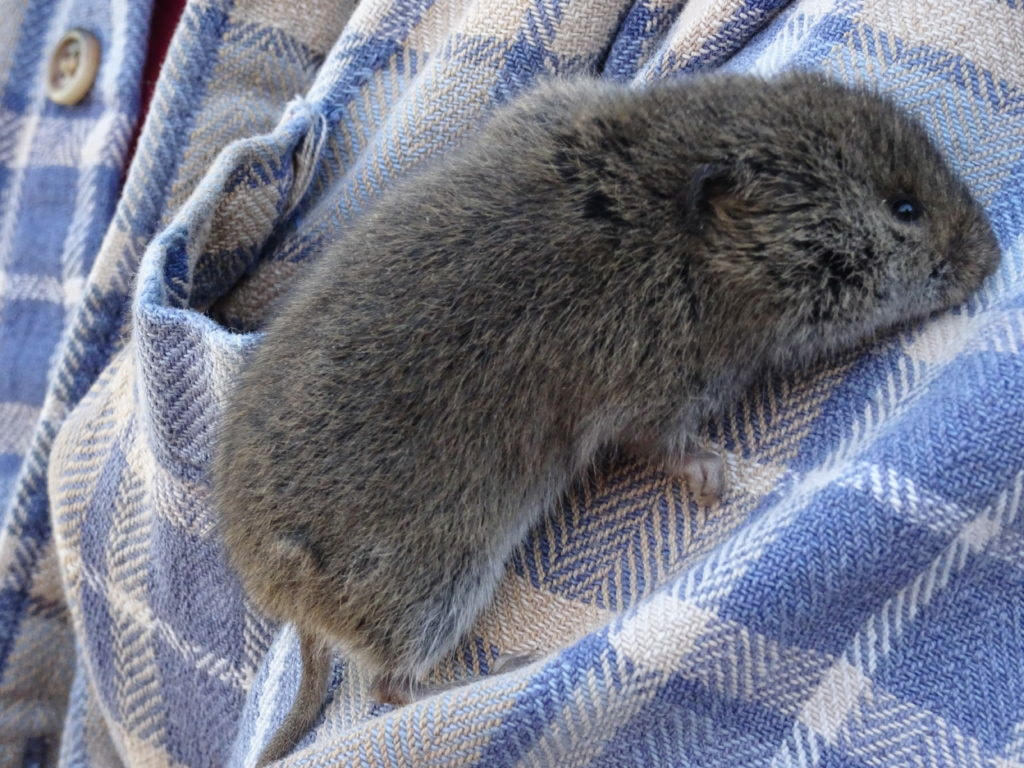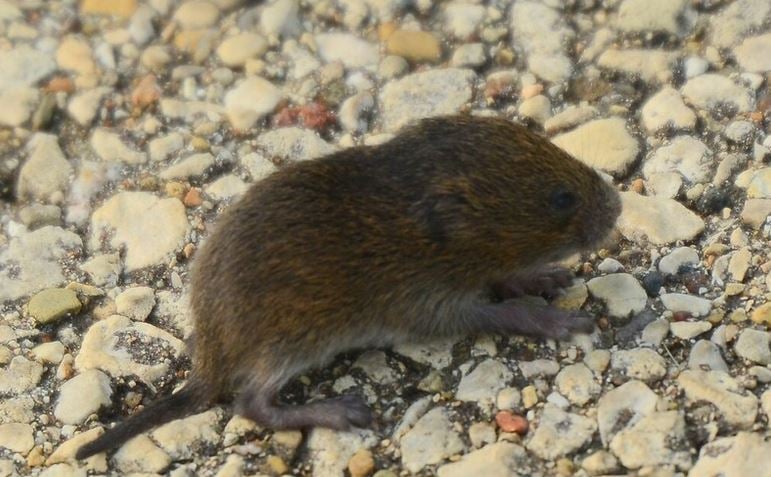Efficient Vole Control Solutions: Taking Care Of Vole Pest Issues
Efficient Vole Control Solutions: Taking Care Of Vole Pest Issues
Blog Article
Comprehensive Guide to Effective Vole Pest Control: Infestation Identification and Treatment Methods
In the world of effective parasite control, vole infestations pose an one-of-a-kind obstacle that demands a tactical strategy. These small rats, usually incorrect for computer mice, can ruin yards, lawns, and plants if left untreated. Identifying the indicators of vole existence and executing targeted therapy techniques are necessary elements of an effective parasite administration strategy. By discovering the nuances of vole habits, recognizing crucial signs of infestation, and evaluating a variety of control alternatives, one can create a comprehensive approach to deal with these evasive pests.
Recognizing Vole Actions
Vole behavior is defined by their delving practices and rapid recreation prices, making them a difficult pest to regulate effectively. These little rodents typically create elaborate passage systems underground, using them for sanctuary, food storage space, and transport. Voles are herbivores, eating a range of plants, bulbs, turfs, and origins, which can cause considerable damages to yards, orchards, and yards. Their quick reproductive rate more complicates control initiatives, with women efficient in creating multiple clutters in a solitary year, each including several spawn.
Voles are most active throughout the very early morning and night hours, investing the bulk of their time foraging for food. Their tunneling behaviors not only interrupt yards and yards yet likewise make them challenging to eliminate and detect. Comprehending vole actions is crucial for effective bug control techniques. By identifying their burrow locations, checking feeding locations, and implementing targeted control approaches, such as trapping or habitat adjustment, vole problems can be taken care of successfully.
Indications of Vole Infestation

Avoidance Strategies
Carrying out effective avoidance strategies is important in decreasing vole problems and securing plants from their damaging feeding practices (vole control). To stop vole infestations, it is vital to begin by removing prospective food sources and sanctuary. Maintain lawn and greenery cut short, get rid of weeds and debris, and maintain a neat garden or lawn to make the area less attractive to voles. Installing obstacles such as hardware towel or below ground fence can also assist discourage voles from entering particular areas. Additionally, lowering excess moisture by fixing dripping pipes and making sure appropriate drainage can make the setting less friendly for voles.
On a regular basis examining the home for indicators of vole task, such as paths and delve openings, is vital for early detection and punctual action. If vole task is believed, think about utilizing catches or repellents purposefully positioned near their paths.
Non-Lethal Control Methods
To efficiently Visit This Link handle vole populations while focusing on humane techniques, non-lethal control approaches use sensible options for minimizing vole damage in yards and landscapes. These barriers can be buried at the very least 12 inches curved and deep at a 90-degree angle to prevent voles from delving beneath.

Lethal Control Options
One efficient technique for resolving vole problems in landscapes and yards includes the strategic usage of deadly control alternatives. When faced with a severe vole invasion that non-lethal techniques have failed to consist of, executing deadly control actions comes to be essential. In general, when using deadly control choices, it is crucial to do so properly and in accordance with regional regulations to properly manage vole infestations.
Verdict
Finally, efficient vole bug control requires an extensive understanding of vole actions, recognition of signs of infestation, execution of avoidance techniques, and use of both non-lethal and lethal control techniques. By incorporating these approaches, individuals can efficiently take care of vole populations and secure their residential or commercial property from damage. It is very important to deal with vole infestations without delay to avoid further concerns and decrease the impact on the surrounding environment.
Provided the elaborate tunnel systems and rapid reproduction prices particular of voles, acknowledging the indications of vole infestation comes to be important in efficient parasite control. One of the main indications of vole presence is the existence of surface runways or discover this routes in turf or snow, typically about 1-2 inches large, produced as voles Clicking Here travel in between their burrows and food resources.To successfully take care of vole populations while focusing on gentle techniques, non-lethal control approaches use sensible options for reducing vole damages in landscapes and gardens.One efficient technique for resolving vole invasions in yards and landscapes involves the critical usage of deadly control options. vole yard damage.In final thought, reliable vole bug control needs a detailed understanding of vole habits, identification of signs of invasion, application of avoidance strategies, and usage of both lethal and non-lethal control approaches
Report this page